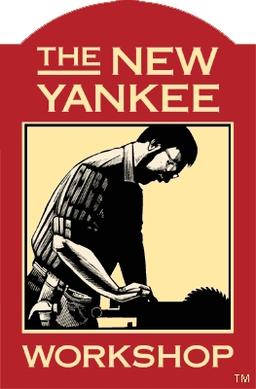I have very very old power tools. I cannot afford new ones. The problem is, if I’m being totally honest, I’m largely afraid of the tools I have. I’d like to get over this. How does one do that without direct supervision?
More info: I inherited tools from my parents and grandparents. Things I could afford to replace, like drills and drivers, I did. What I have left are big bladed things (chop saw, table saw, tile saw, etc. no lathe sadly :( ) None of the users of these specific tools are still alive. They are all probably 30+ years old, and work fine, probably, but… are just super intimidating (tho my grandfather had a lot of pre-electrification manual tools and I love those - So nice to take a manual plane to a solid door and end up with something that closes properly!). Some of them have plugs that screw together so you can repair them and everything (those I probably won’t use, absolutely terrifying if you fuck up). I’m mid 30s so I remember most of these things being used but I also remember the table saw I have in my garage taking off half my step-dads thumb…
I know power tools today are built to be a lot safer, but I definitely can’t afford those (I wouldn’t even be able to afford these but they were free for me), and I don’t know anyone with power tool skills (last learning I got was in hs shop class almost 20 years back) so how do I get comfortable with them enough to actually use them for the little projects I need them for? I don’t live in a big metro area, so there aren’t clubs afaik.


I would also recommend if you are afraid of physical safety (e.g. finger removal) to add shielding or other safety features, and to look up tutorials on safety techniques to avoid hurting yourself (finging the sharp bit). For example, with the tablesaw, instead of feeding the material into the saw by hand, you can set up a fence (bar of wood or metal clamped to the table) that you can slide the material along to align it. Then, push it using a push stick or push block. That keeps your fingers far away from the blade so theres a low chance of hurting yourself.
As for getting comfortable, just start making things. Sounds dumb but the only way to gain experience is to do. Look up videos, make things. Make a bird house, a model plane, a table, a chair, a shelf, etc. Personally I would stick to small things that make use of several techniques to get more confortable with it, to stretch my material, and to avoid taking up a bunch of space with something of low quality while I learn
I recall the insistence on push blocks back in hs; the teacher was missing 2 fingers so that’s totally imprinted on me… that and safety glasses.
But I will absolutely look into shielding and safety tutorials because I am (very, rightly) afraid of losing parts or functions for stupid reasons.
I have a few things I need to do, but they aren’t so much making things as repairing my house (very old and crappy, got cheap years ago, many regrets) which is why I want to get used to using them.
I do have a feeder hanger I want to make, a chicken coop (built in to the garage with a run outside), and a grapeline, I suppose I could use muh tools with scrap (there’s a weird amount of old 4x4s in the garage attic from before me) for most of that. Thanks for the advice!
those 4x4’s are probably better than any wood you can get today
Well now I feel kinda bad wanting to use them for practice garbage…
All depends how long they’ve been there.
Does the wood have smaller and more numerous rings than modern wood?
If not then just go for it.
If so, dollar boards were still a dollar last time I got some.
That was like 3 or 4 years ago though.
You can go to a lumber yard and buy the wood that is not warped or some such in a way that makes it worthless for a lot of things, but you’re just practicing anyway so you can cut around that and have multiple smaller boards